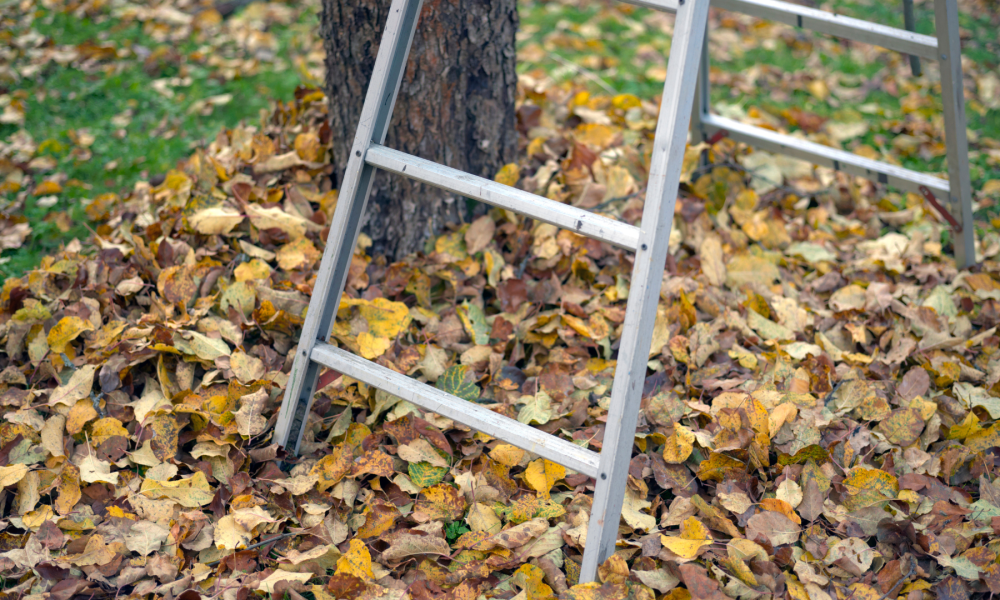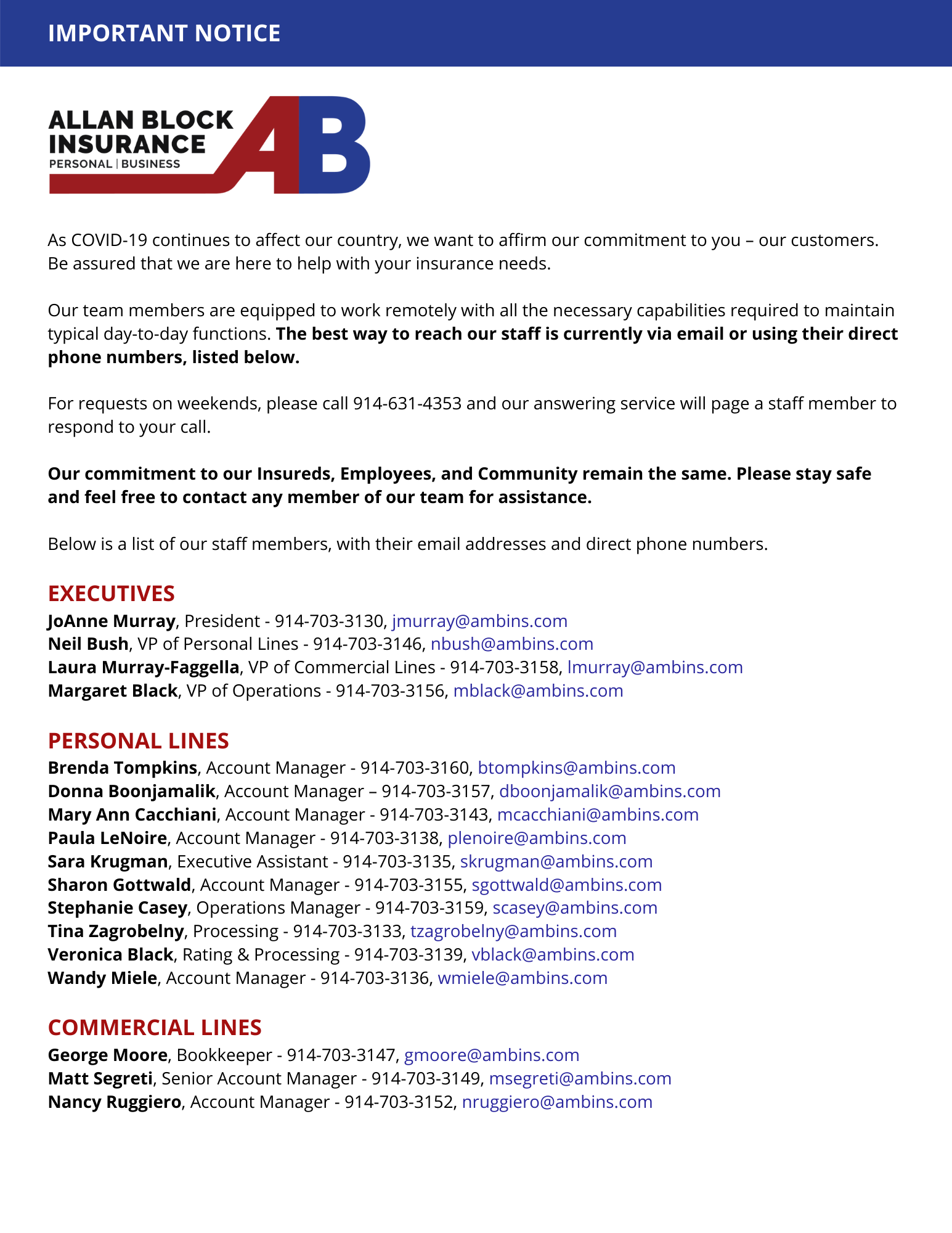When autumn arrives, and leaves fall, you’ll want to clear out your eaves and rain gutters, and trim back branches and hedges that grew long over the summer.
Much of that work is in high places ― the gutters that you’ll be unclogging of leaves and debris and inspecting for damage or leaks. You’ll also be up high if you’re trimming tree branches that are encroaching on your home and that could cause damage when high winds kick up, as they often do in winter.p
In both cases you’ll be working on a ladder, which can be dangerous if not approached safely.
More than 300 American homeowners die every year after falling from ladders, and ladders account for about 100,000 injuries annually.
So, before you pull out that ladder, we would like to offer some tips to ensure your safety.
Before using the ladder, check it for cracks, corrosion and missing rungs and steps. Make sure the locks and spreader braces are working properly and that all bolts and rivets are secure. Check steps for oil, grease, liquid or other debris that could cause a slip.
When preparing for any ladder work, keep the following in mind:
- Avoid doorways and uneven or slippery ground.
- Do not use in windy or rainy conditions.
- Keep at least 10 feet from power lines.
- Use a spotter when possible.
- Do not carry heavy, bulky material up or down the ladder.
- Always face the ladder.
- Avoid fast movements.
- Do not sit on a rung.
You’ll most likely have either a stepladder or extension ladder (or both), and each type has unique safety precautions.
Stepladders
- Lock the spreader before you climb the ladder.
- Never stand on the top or the top step of a stepladder.
Extension and straight ladders
- Extension and straight ladders can be safe for tree pruning with optional equipment
- Steel spikes to keep the base from slipping/skidding.
- Rubber sleeves on the upper-rail sector to reduce branch abrasion and the possibility of slippage along the tree limb.
- Make sure the base of the ladder is level and firmly placed on the ground. Use the Four-to-One rule for proper positioning: For every 4 feet of rise, the base of the ladder should be 1 foot away from the object the ladder is resting against.
- Secure the top of the ladder to the tree, so it allows access above the branch being cut. Allow for any upward movement of the branch once it is cut.
- Never stand on the top three rungs of an extension or straight ladder.
- Always face the ladder and hold on to the side rails with both hands when going up or down.
- Use a safety rope to raise and lower tools.
- Keep your body centered between the rails of the ladder while working.
- Never use a ladder in a strong wind.
- Consider using a full-body harness or safety belts.



